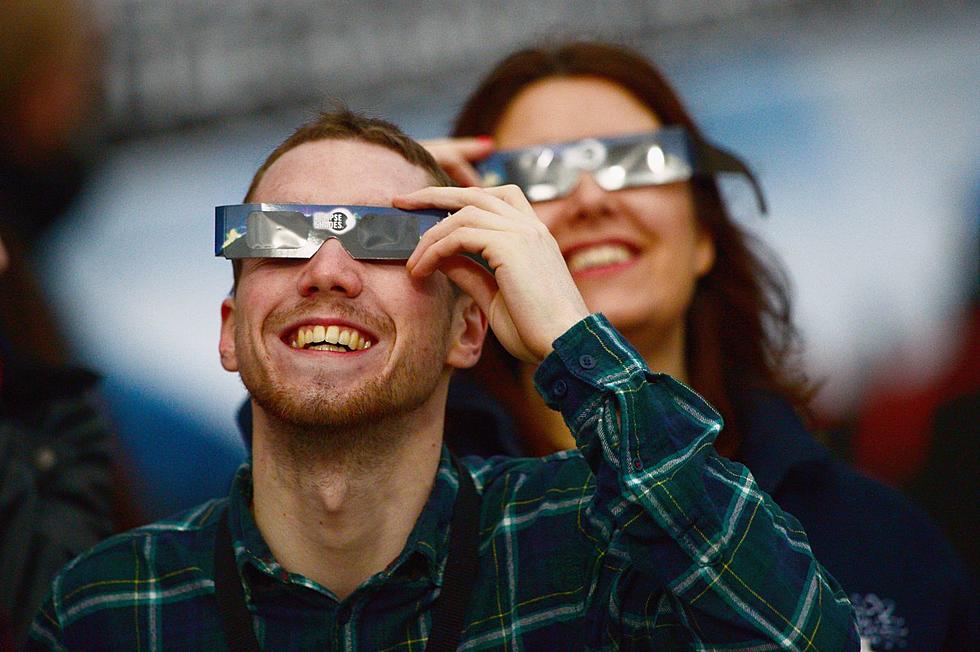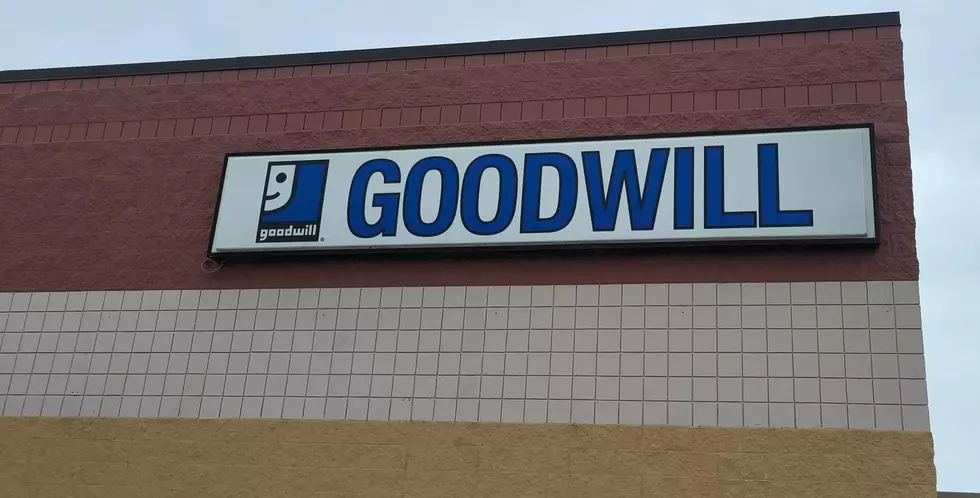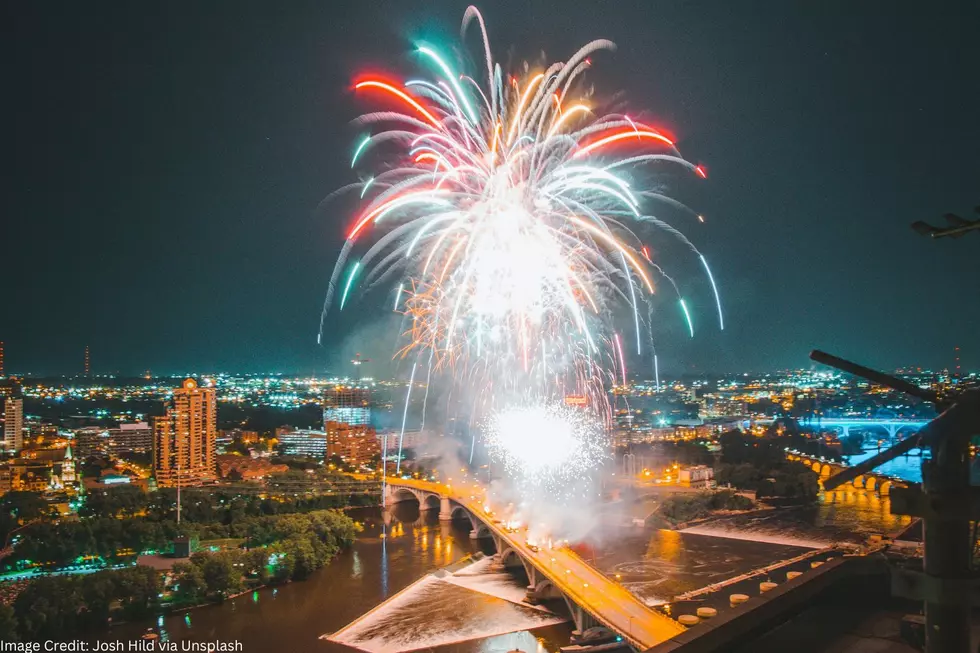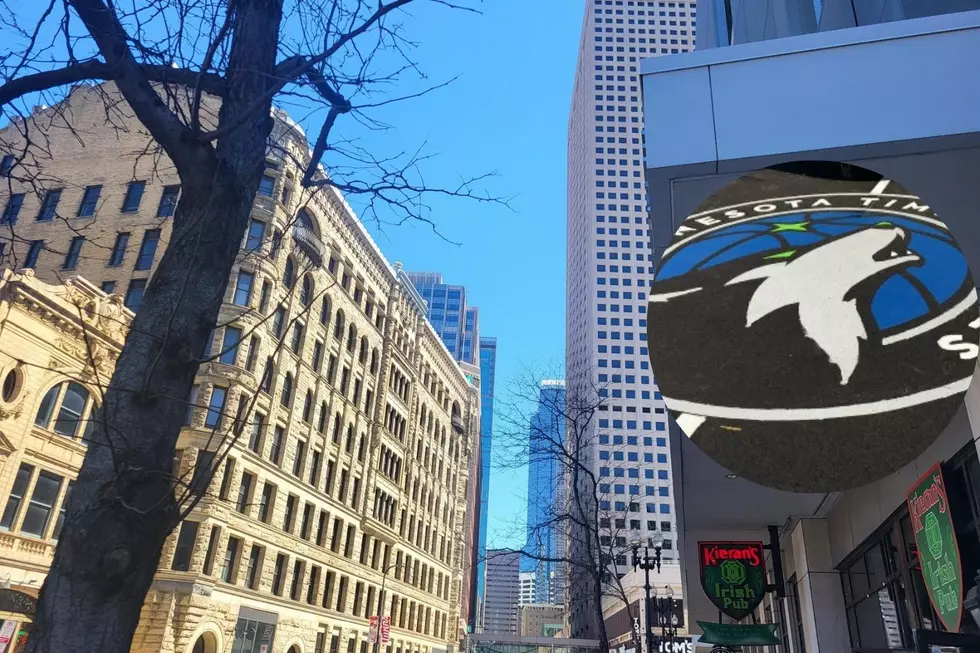
Discover How To Safely View The Partial Solar Eclipse In Central Minnesota In April!
The last time we had a total solar eclipse was seven years ago. Although here in central Minnesota we will not be able to experience the total solar eclipse, we will be able to experience a partial eclipse. NASA says that 99% of people in the United States will be able to see either a partial or total eclipse that's happening on Monday, April 8th, 2024.
I found a website that you can visit, which will tell you exactly when you can expect to see the eclipse happening in our area. You can find it by clicking HERE now. Since the next time anyone in central Minnesota will be able to experience a TOTAL eclipse may be two decades away; this map will show you where you can go to see the most of the upcoming eclipse, depending on what your travel and time budget will allow. Perhaps you want to fly somewhere to see the full eclipse, or maybe you just want to take a drive somewhere to experience more than we will here in central Minnesota.
PROTECTING YOUR EYES DURING AN ECLIPSE
We also need to talk about the importance of protecting your eyes during the eclipse. THIS IS NO JOKE! If you are going to be looking directly at the sun during a partial or total eclipse, you still need to wear protective glasses, if you don't want to risk losing your eyesight.
The only time you should take your glasses OFF during an eclipse is when the sun is covered completely by the moon. In our case, we will not have a total eclipse, so some people can suffer blindness from looking directly at the sun. Don't do it! The condition is known as Solar Retinopathy, and it's a real thing. Protecting your eyes is important. Please share that information with your children, as they probably won't understand the importance of protecting their eyes.
YOU NEED SPECIAL GLASSES FOR THE ECLIPSE
There are specialized eclipse glasses out there, and something called 'solar viewers' that you can use, which filter light and can be used safely.
I remember when I was in grade school, we made a pinhole projector to cast an image of the eclipse on a piece of paper and viewed it that way. It was very memorable.
DON'T USE TELESCOPES, BINOCULARS, UNFILTERED CAMERAS
It's really important that you don't use a telescope, binoculars, or an unfiltered camera to view an eclipse. (That includes your cell phone camera). Even if you are wearing eclipse glasses to look through your device, they are NOT strong enough to protect your eyes from being damaged.
There are many organizations selling eclipse glasses, but there are also many that are fakes. There is a list of reputable companies that sell eclipse glasses on the AAS Website.
"Since some vendors have falsely advertised that their untested glasses meet the standard, it is suggested that you avoid buying products based solely on price from Amazon, eBay, Temu or other online marketplaces."
The good news is, that some libraries across the United States will be offering FREE Eclipse sunglasses at their locations. I'm waiting to find out where in central Minnesota you will be able to get these glasses, but it sounds like we may have some available through The Great River Regional Library system.
HOW TO PROPERLY TEST YOUR ECLIPSE SUNGLASSES
Hold your eclipse sunglasses up to a bright lamp or a flashlight. The lit bulb should be invisible when you look through the glasses, and you should not see any glow around it. If you can see anything besides the sun, then they are not good enough! You also need to make sure that if you are using old Eclipse sunglasses, they don't have any scratches or damage. If they do, DO NOT USE THEM. Saving a few dollars is not worth losing your eyesight; is it?
25 costliest hurricanes of all time
LOOK: The most expensive weather and climate disasters in recent decades
Gallery Credit: KATELYN LEBOFF
."}" data-sheets-userformat="{"2":33554688,"11":4,"28":1}">
KEEP READING: What to do after a tornado strikes
More From 1390 Granite City Sports









